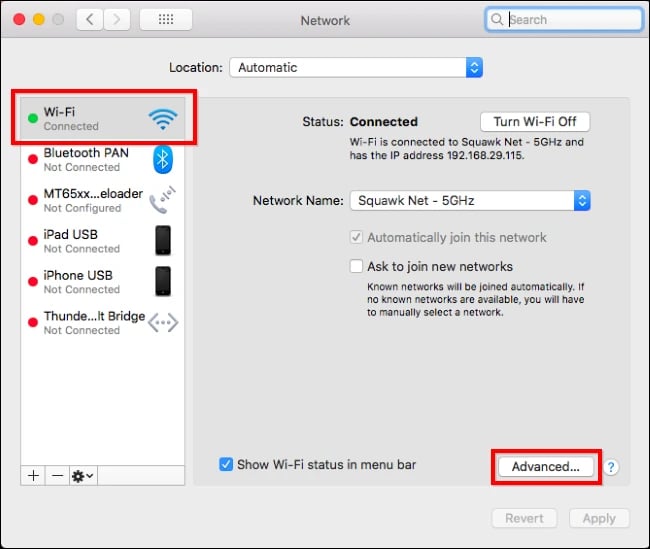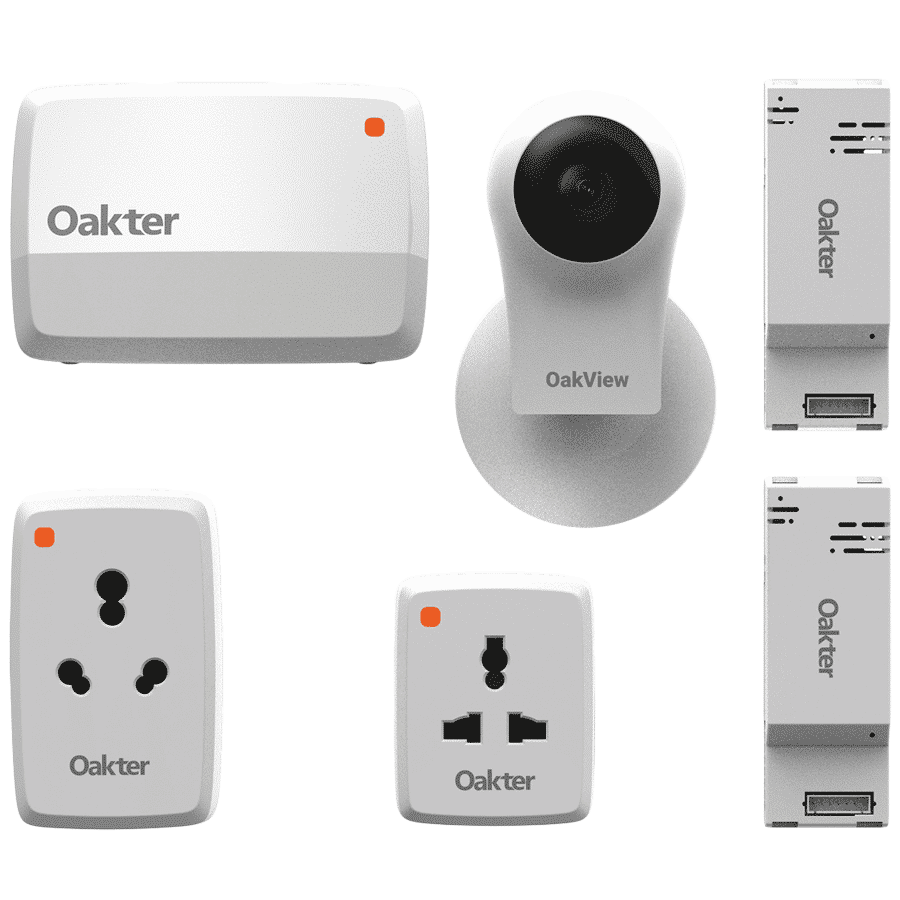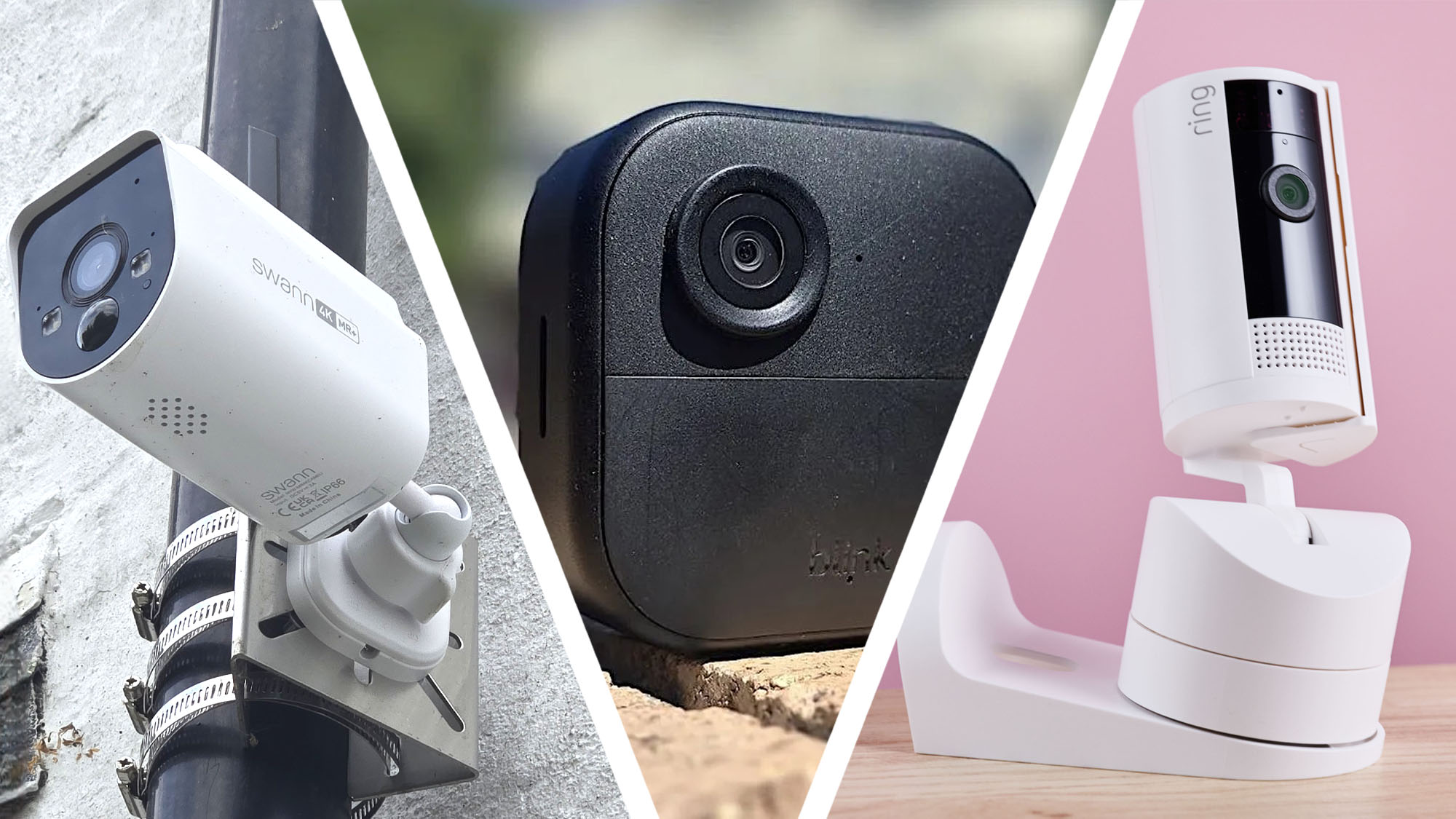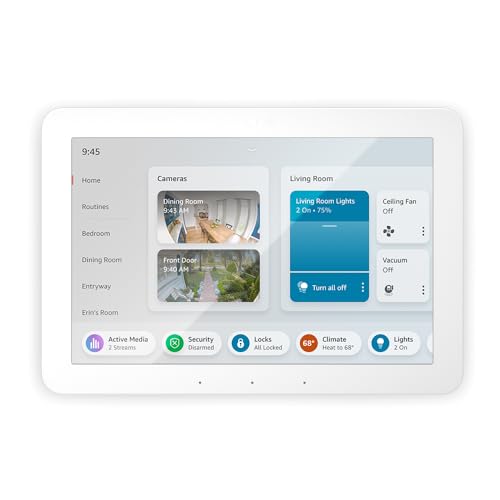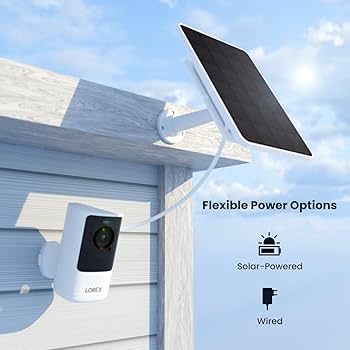Are you tired of your camera battery dying at the worst possible moment? Keeping your camera battery in top shape is easier than you think, and it can save you from missing those perfect shots.
You’ll discover simple, effective tips to extend your battery life and keep your camera ready whenever inspiration strikes. Stick with me, and you’ll never have to worry about a dead battery ruining your photography again.

Credit: www.tactacam.com
Choosing The Right Battery
Picking the correct battery is key for your camera’s performance. It affects how long you can shoot and the camera’s safety.
Understanding battery types and their features helps you make the best choice for your camera.
Types Of Camera Batteries
Cameras use different battery types depending on the model. The main types are lithium-ion, nickel-metal hydride, and alkaline.
Lithium-ion batteries are popular because they last longer and are lighter. Nickel-metal hydride batteries are older but still used in some cameras. Alkaline batteries are common for simple or emergency use.
- Lithium-ion (Li-ion): rechargeable, high energy, light weight
- Nickel-metal hydride (NiMH): rechargeable, less energy, heavier
- Alkaline: non-rechargeable, easy to find, low cost
Battery Capacity And Compatibility
Battery capacity shows how much power it can store. Higher capacity means longer use time. Check your camera’s manual for recommended capacity.
Always use batteries compatible with your camera model. Using wrong batteries can damage your device or reduce battery life.
| Factor | What to Check |
|---|---|
| Capacity (mAh) | Higher means longer shooting time |
| Voltage | Must match camera requirements |
| Size and Shape | Should fit battery slot exactly |
| Brand | Original or trusted brands are safer |
Charging Best Practices
Proper charging helps your camera battery last longer. Following good charging habits keeps the battery healthy.
Knowing how to charge your battery correctly avoids damage and improves camera performance.
Optimal Charging Cycles
Charge your battery before it fully drains. Partial charges are better than full discharges.
Try to keep your battery level between 20% and 80% for best results.
- Charge when battery is low but not empty
- Stop charging before it reaches 100% if possible
- Avoid letting the battery drain completely often
Avoiding Overcharging
Do not leave your battery charging for too long. Overcharging can cause battery wear and reduce life.
Remove the battery from the charger soon after it is fully charged to prevent damage.
- Unplug charger when battery reaches full charge
- Do not charge overnight or for days continuously
- Use timers or smart chargers to stop charging automatically
Using Official Chargers
Always use chargers made for your camera battery. Official chargers match the battery’s power needs.
Using unofficial chargers can cause poor charging or damage your battery and camera.
- Check the charger matches your battery model
- Buy chargers from the camera manufacturer or trusted sources
- Do not use cheap or generic chargers without safety features
Storage Tips
Proper storage helps keep your camera batteries healthy. Good habits extend battery life and performance.
Learn the best ways to store batteries safely. This guide covers key tips for battery care.
Ideal Storage Conditions
Store batteries in a cool, dry place away from direct sunlight. Keep them in a stable environment.
Keep batteries at about 40-60% charge before storing. This helps prevent damage over time.
- Use a plastic container or battery case
- Avoid metal containers that cause short circuits
- Keep batteries separate to prevent contact
Storing Batteries Long-term
For long-term storage, charge batteries to around half full. Do not store fully charged or fully empty.
Check battery charge every few months. Recharge if the level drops below 20% to protect cells.
- Remove batteries from your camera
- Store in a cool place with low humidity
- Recharge every 3-6 months
Avoiding Extreme Temperatures
Keep batteries away from hot places like cars or near heaters. Heat damages battery cells.
Do not freeze batteries. Very cold temperatures reduce battery capacity and cause damage.
- Ideal temperature range: 50°F to 77°F (10°C to 25°C)
- Avoid temperatures above 95°F (35°C)
- Protect batteries from freezing below 32°F (0°C)

Credit: radiusvision.com
Usage Habits To Extend Battery Life
Camera batteries lose power with frequent use. Good habits can help keep your battery working longer. Simple changes in how you use your camera save battery life.
Taking care of your camera battery means you can shoot more photos and videos. Follow easy tips to use your battery wisely every time.
Power-saving Settings
Most cameras have power-saving options. Use these settings to reduce battery drain. Turning on power-saving mode helps your battery last longer.
Adjust settings like auto power off and sleep mode. Set your camera to turn off after a short time of inactivity. Lower the brightness of displays in the settings menu.
- Enable auto power off after 1-2 minutes
- Use sleep mode to pause camera functions
- Lower screen brightness in settings
- Turn off image review after shots
Minimizing Screen Use
The camera screen uses a lot of battery power. Use the viewfinder instead of the screen when possible. Limit the time the screen stays on after shooting.
Check photos only when needed. Avoid using live view mode for long periods. These habits save battery and help your camera last longer.
- Use viewfinder to frame shots
- Turn off screen after taking photos
- Limit live view usage
- Review images briefly and turn off screen
Turning Off Unused Features
Extra features like Wi-Fi, GPS, and Bluetooth use battery even if not needed. Turn these off to save power. Only enable features when you need them.
Also, disable image stabilization if your lens or camera allows it and you do not need it. This reduces battery use during shooting.
- Turn off Wi-Fi and Bluetooth when not in use
- Disable GPS tracking if not needed
- Switch off image stabilization when steady shooting
- Close apps or functions running in background
Handling And Safety
Camera batteries need careful handling to last longer and work safely. Proper care helps avoid damage and accidents.
Knowing how to handle batteries correctly keeps your camera ready and protects you from harm.
Proper Battery Insertion
Insert the battery into the camera the right way. Check the battery’s positive and negative ends.
Putting the battery in wrong can damage the camera or battery. Always follow the camera’s instructions.
- Look for the battery icon inside the battery slot
- Match the battery terminals with the camera contacts
- Insert gently without forcing the battery
- Close the battery cover securely
Avoiding Physical Damage
Protect batteries from drops, pressure, and heat. Physical damage can cause leaks or fires.
Store batteries in a cool, dry place. Use a case to avoid scratches and dents.
- Do not bend or puncture batteries
- Keep batteries away from metal objects
- Avoid exposing batteries to direct sunlight
- Do not leave batteries in hot cars
Disposing Of Old Batteries
Never throw batteries in the trash. They contain harmful chemicals that can pollute the environment.
Recycle old batteries at special drop-off points. Follow local rules for safe disposal.
- Find nearby battery recycling centers
- Do not mix old batteries with regular waste
- Store used batteries safely until disposal
- Check camera or battery manuals for disposal advice
Troubleshooting Battery Issues
Camera batteries sometimes lose power faster than expected. This can cause problems during shoots.
Knowing how to find and fix battery issues helps keep your camera working longer.
Identifying Battery Drain Causes
Batteries drain quickly for many reasons. Some are easy to fix, while others need more care.
Common causes include camera settings, battery age, and temperature effects.
- Using the screen or flash often uses more power.
- Old batteries hold less charge over time.
- Cold or hot weather lowers battery performance.
- Leaving the camera on without use drains power.
When To Replace The Battery
Batteries do not last forever. Knowing when to replace them saves time and trouble.
Replace the battery if it loses charge fast or does not charge fully.
- Battery dies quickly even after full charging.
- Camera shows low battery warning too soon.
- Battery gets hot during charging or use.
- Physical damage or swelling is visible on the battery.
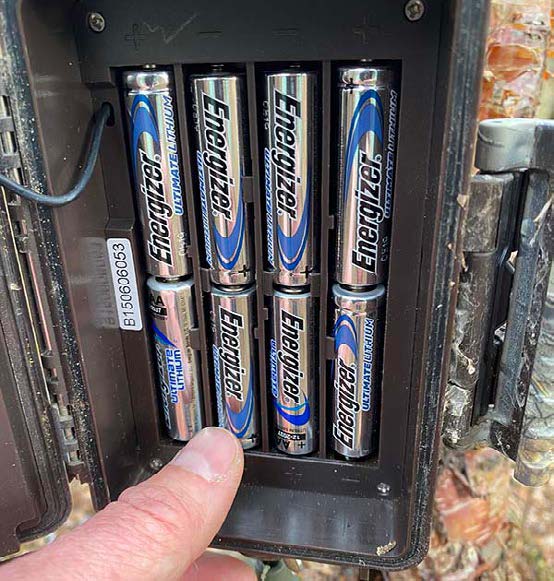
Credit: nadeerhunter.com
Frequently Asked Questions
How Often Should I Charge My Camera Battery?
Charge your camera battery regularly, even if unused. Avoid letting it fully drain to extend its lifespan. Partial charges help maintain battery health better than full discharges.
What Is The Best Way To Store Camera Batteries?
Store batteries in a cool, dry place away from direct sunlight. Keep them at about 40-60% charge for long-term storage. Avoid extreme temperatures to prevent capacity loss and damage.
Can I Use Third-party Chargers Safely?
Using third-party chargers is possible but risky. Choose reputable brands with safety certifications to avoid battery damage or safety hazards. Original chargers are always the safest option.
How Do I Clean Camera Battery Contacts Properly?
Clean battery contacts gently with a dry cloth or cotton swab. Avoid using liquids or abrasive materials. Clean contacts ensure better connection and prevent charging issues.
Conclusion
Proper camera battery maintenance ensures longer life and reliable performance. Regular checks prevent unexpected failures during shoots. Cleaning battery contacts boosts efficiency. Avoid extreme temperatures to protect battery health. Charge batteries fully before storing them for long periods. Use the right charger for your battery type.
Dispose of old batteries responsibly to protect the environment. Following these tips keeps your camera ready and extends battery lifespan. Investing time in care now saves money and trouble later. Keep shooting with confidence, knowing your battery is in top condition.
15 min read


